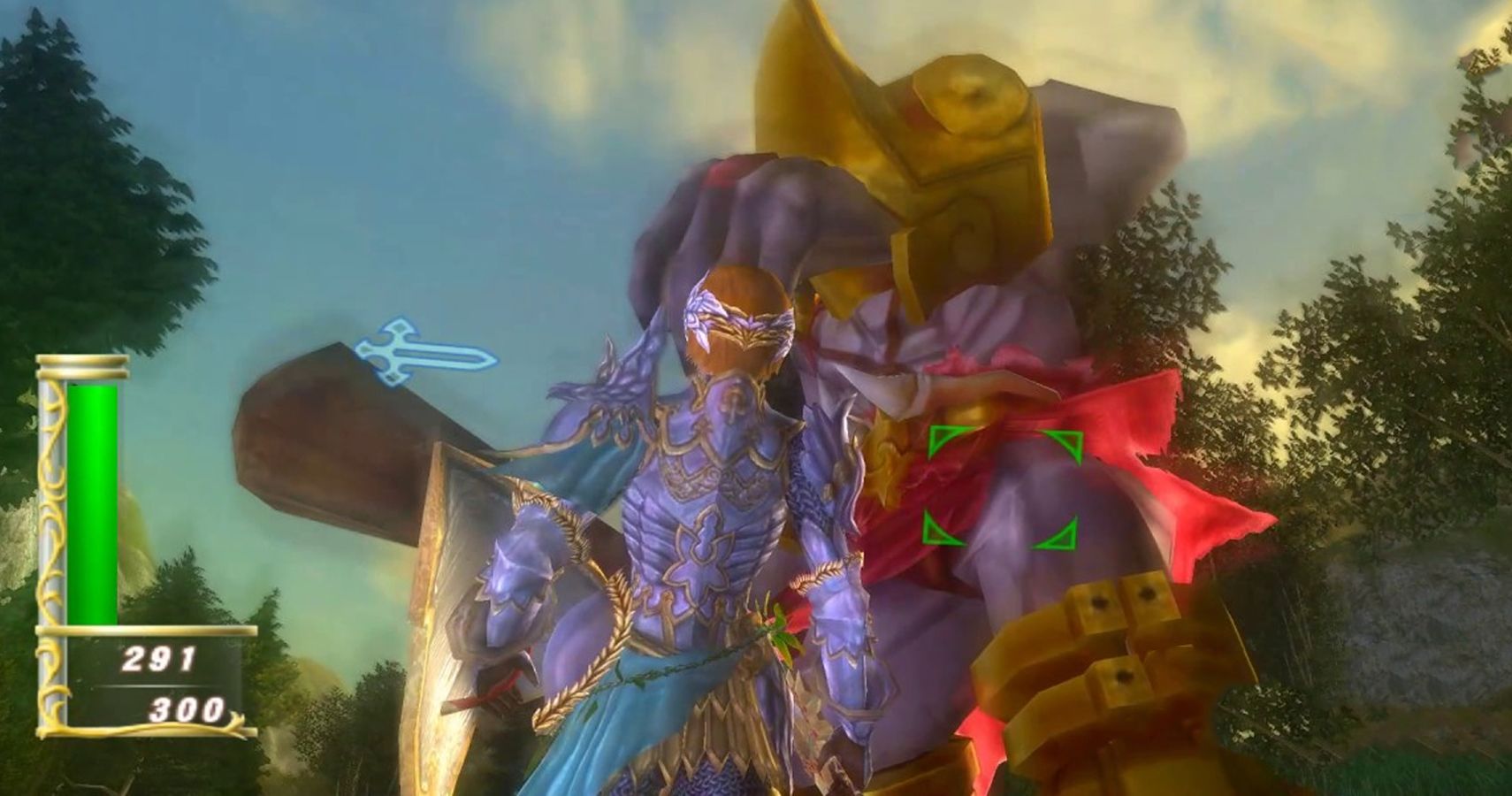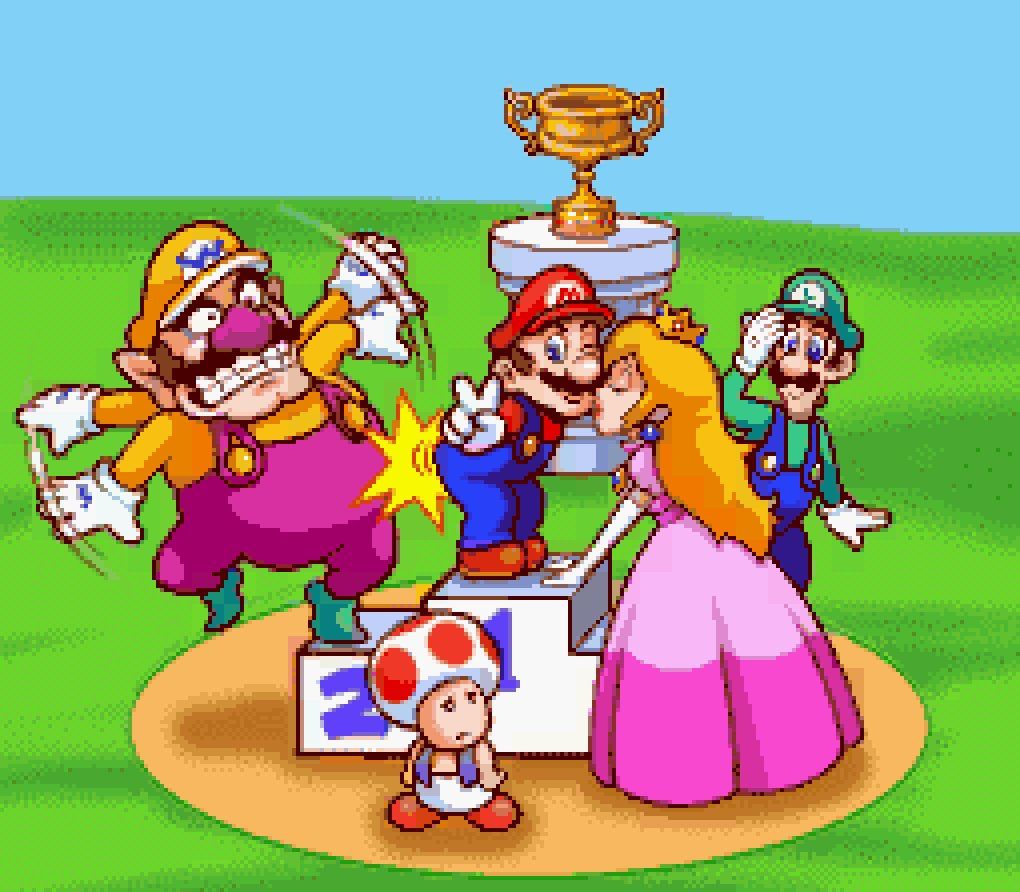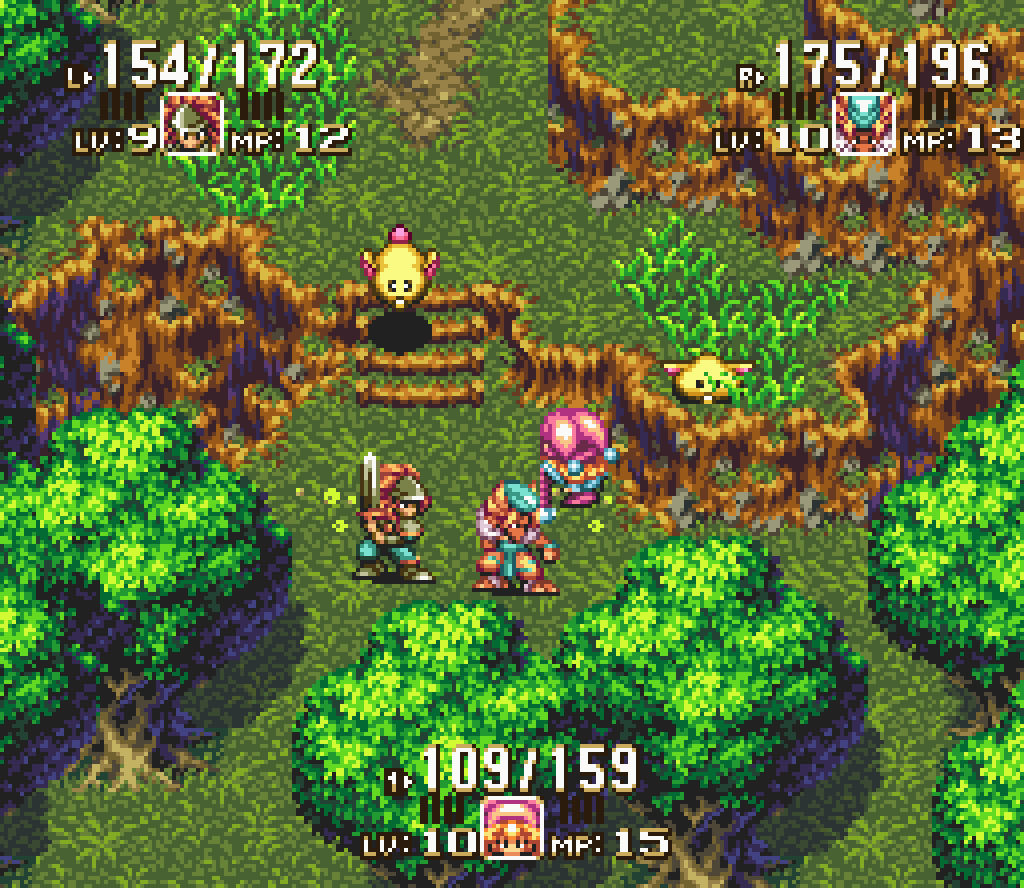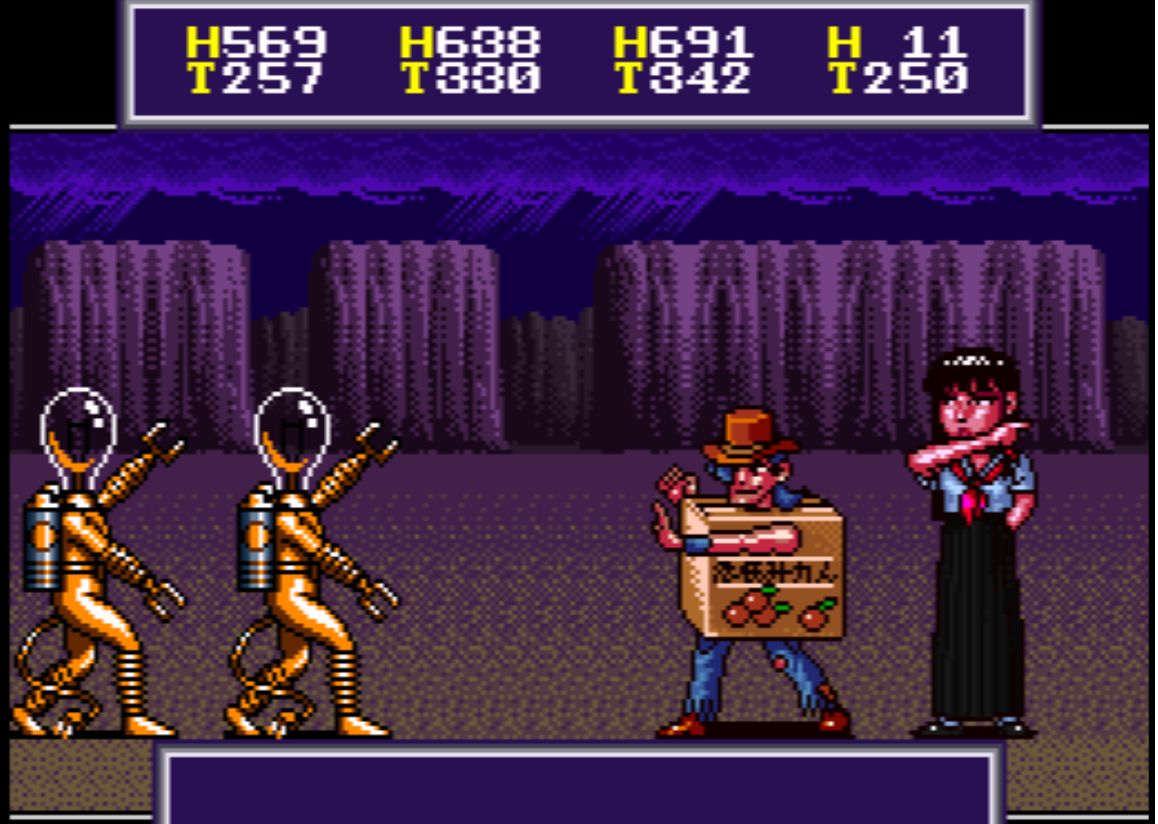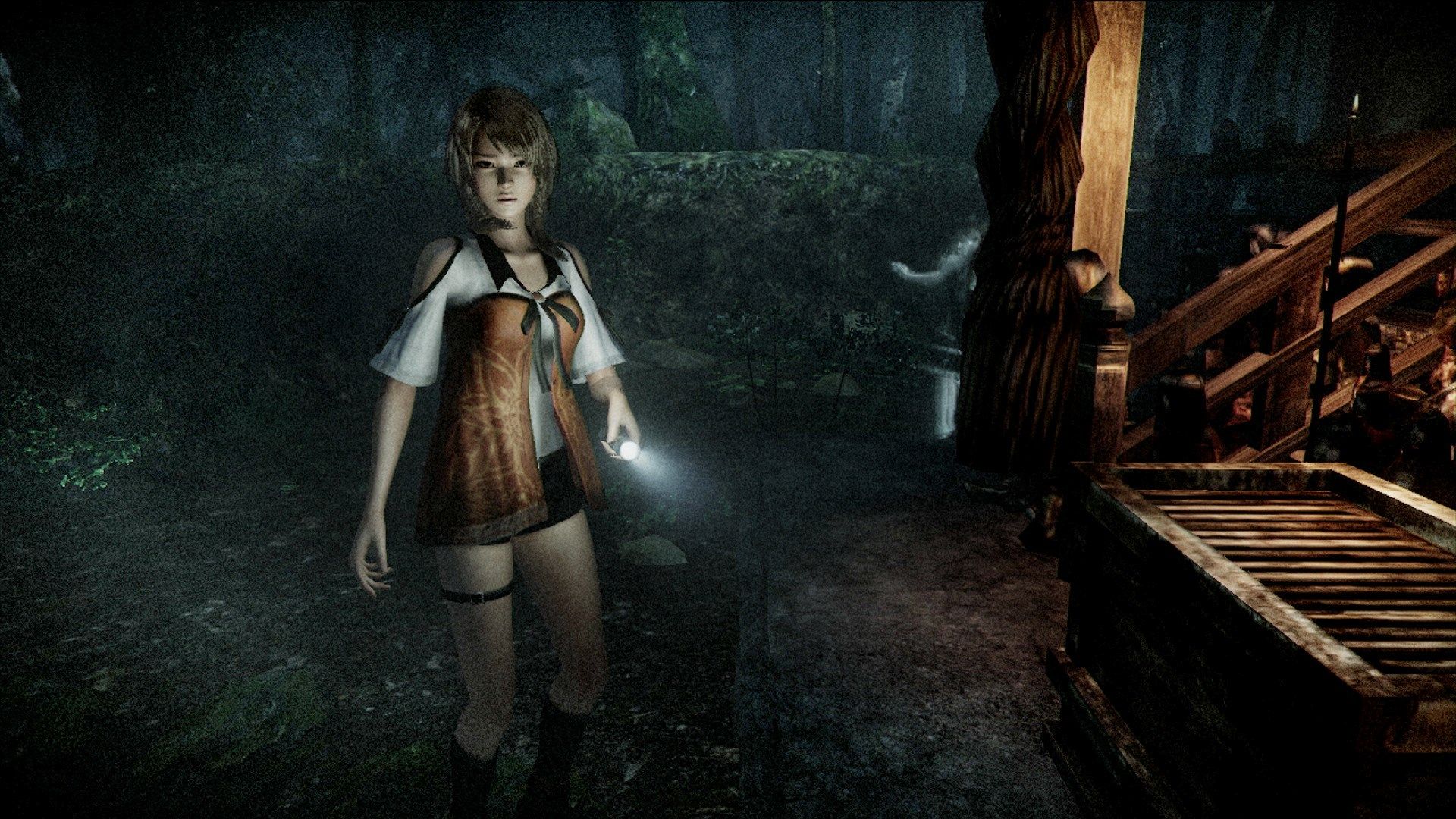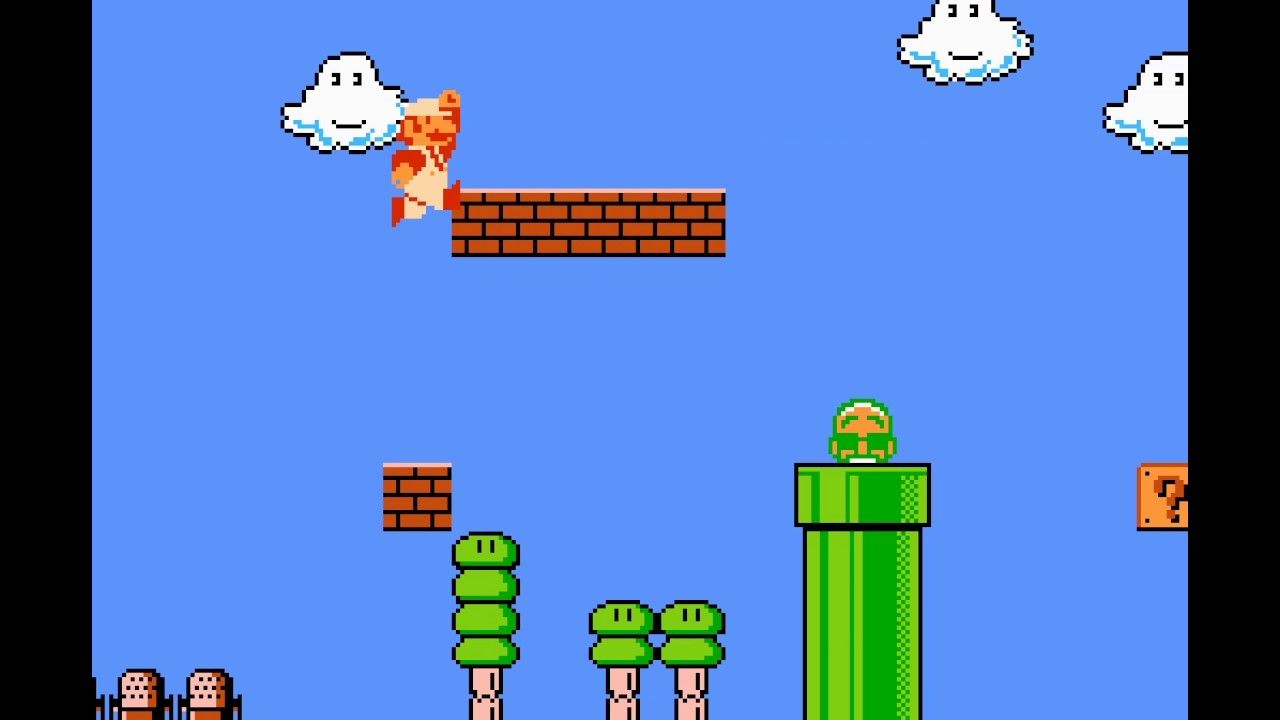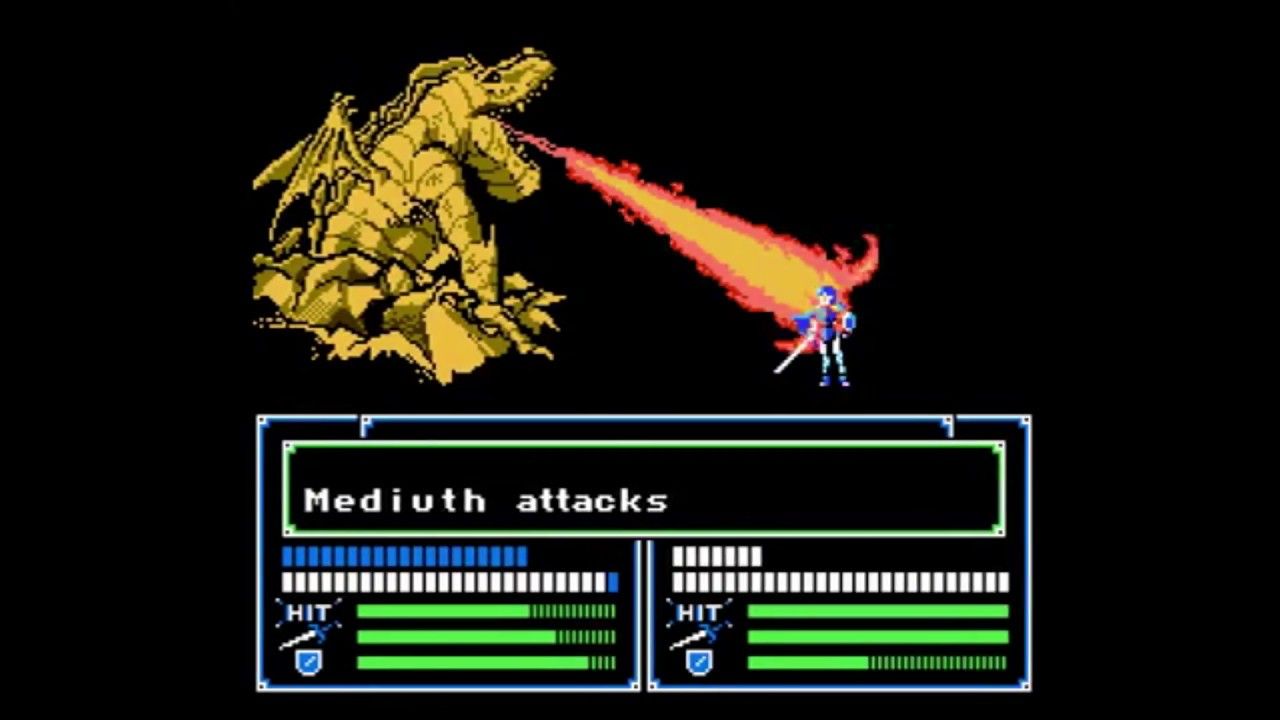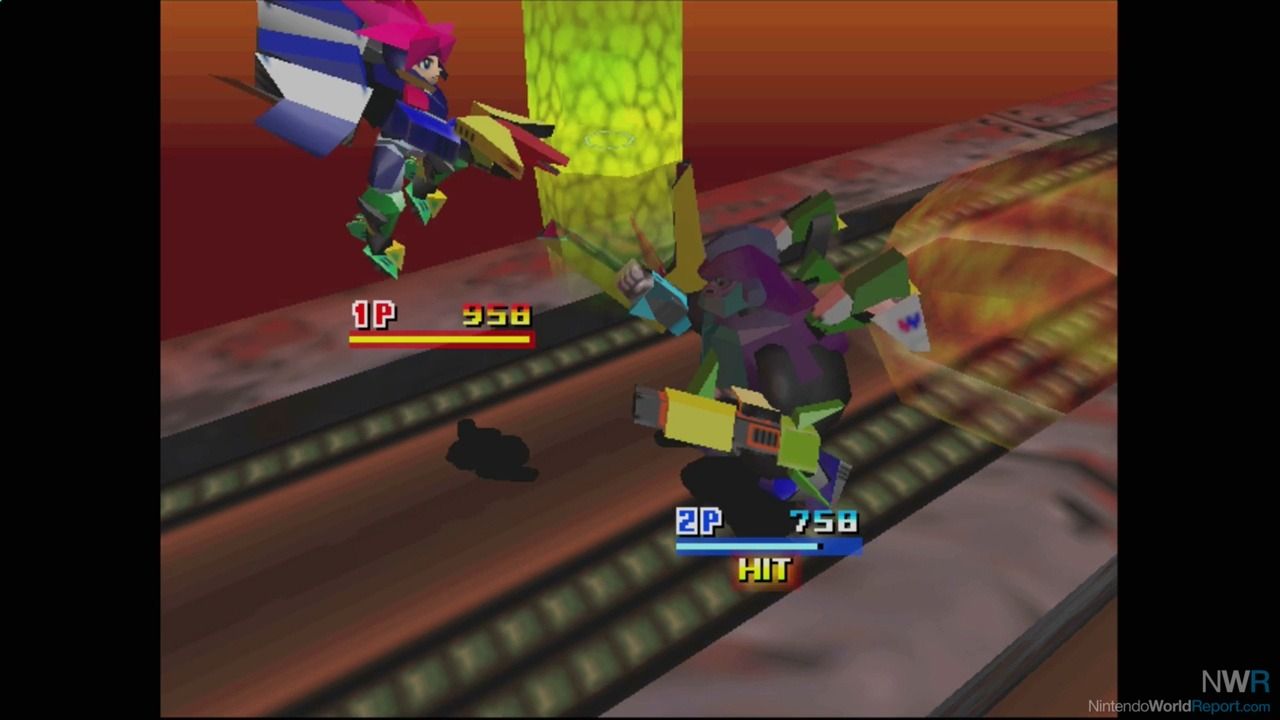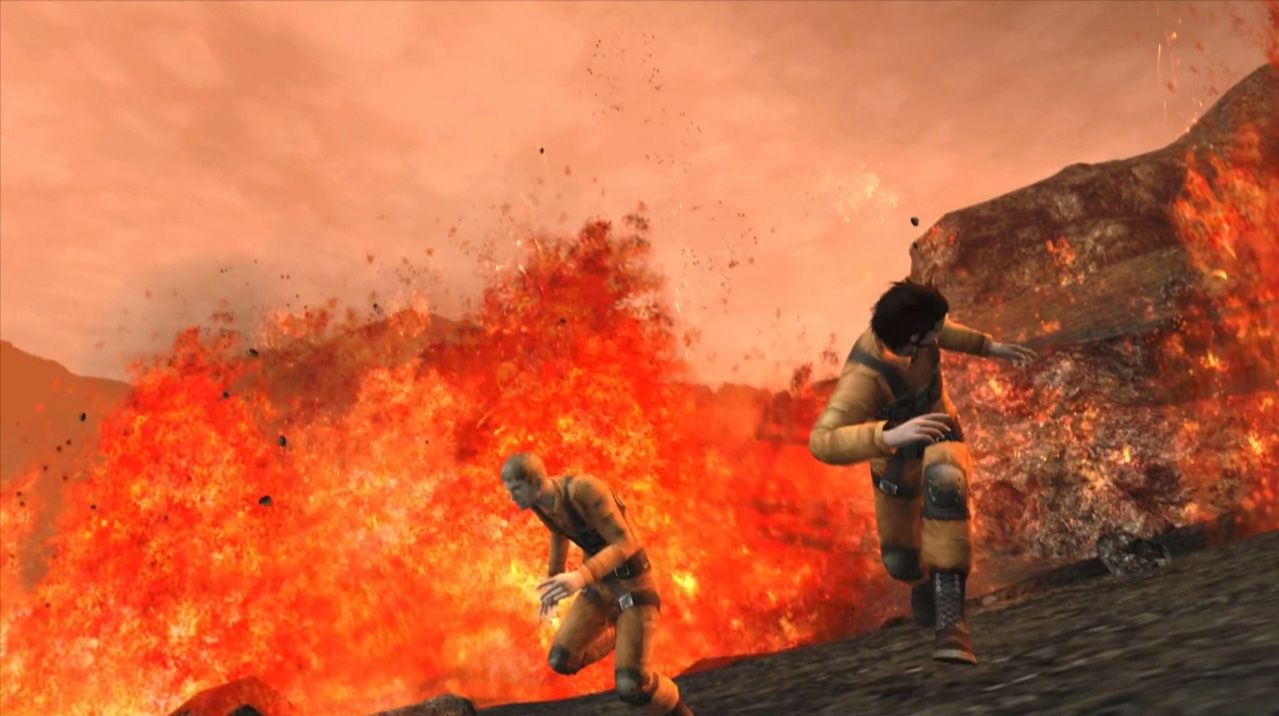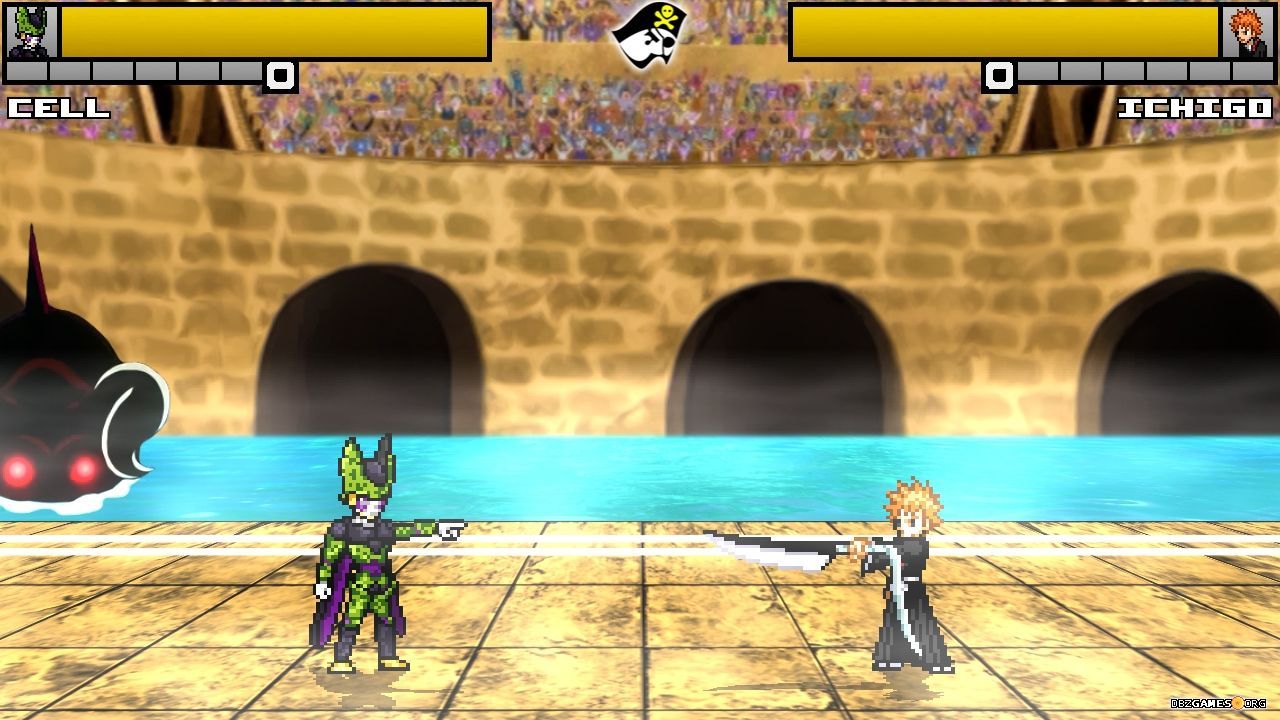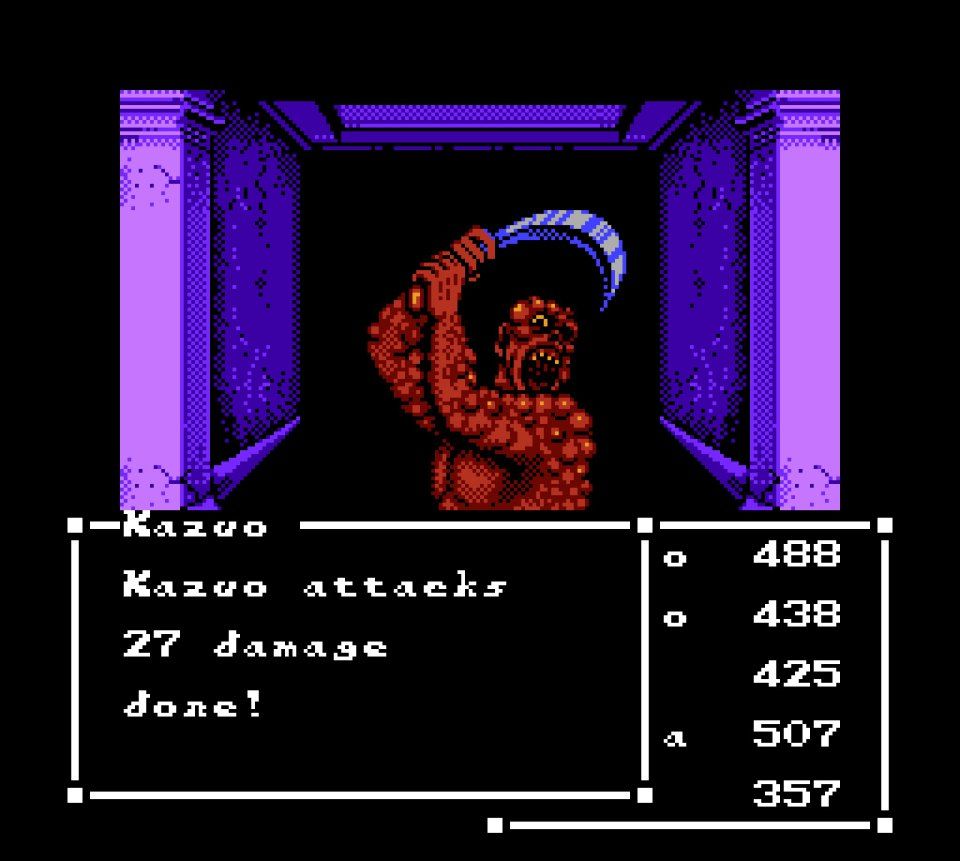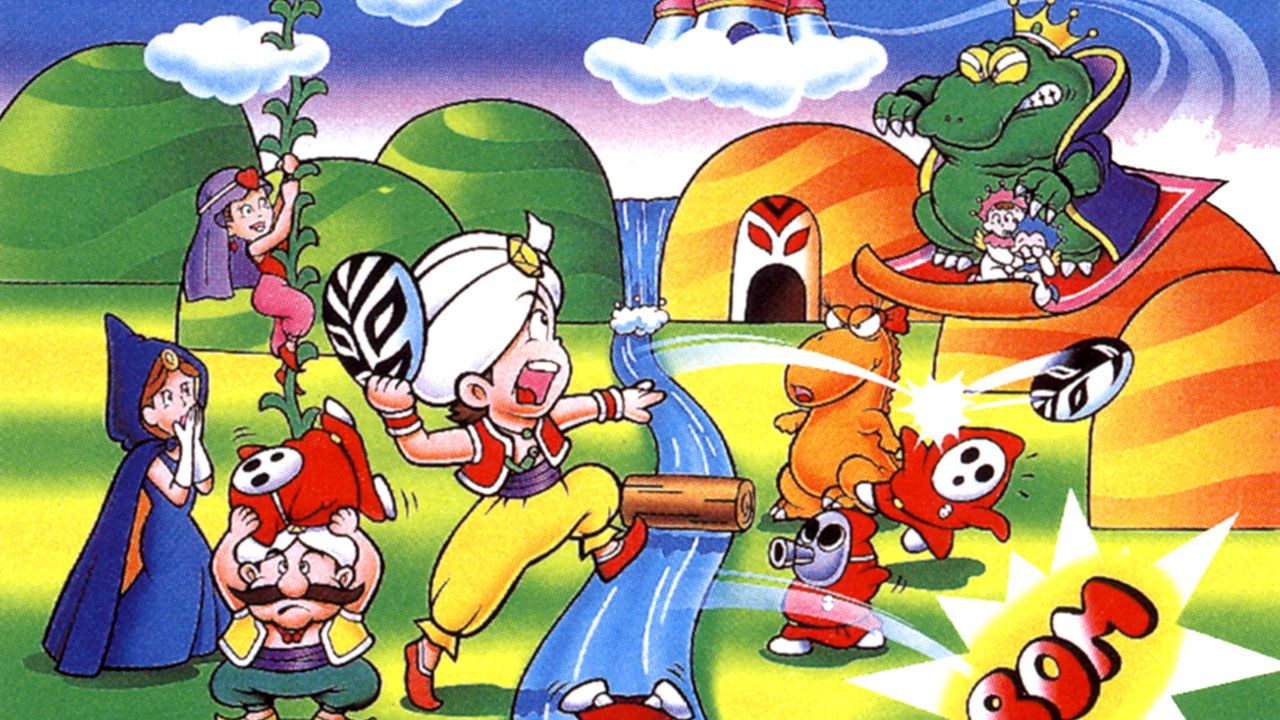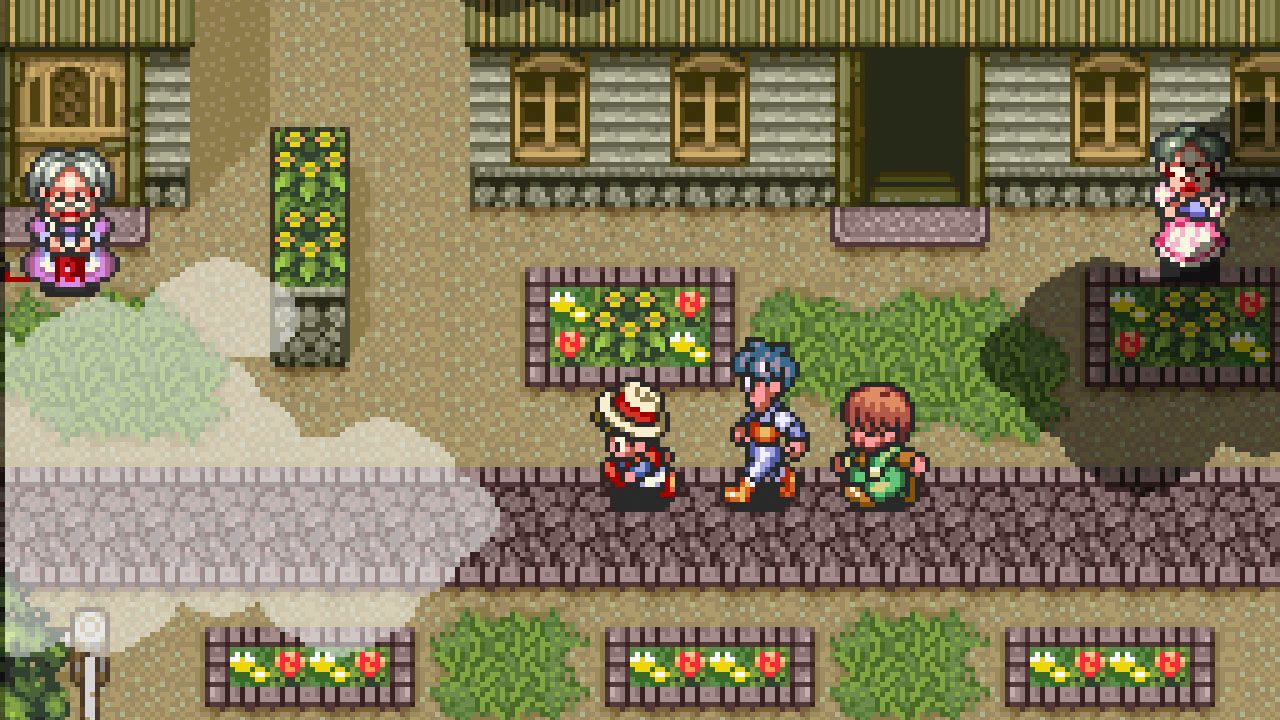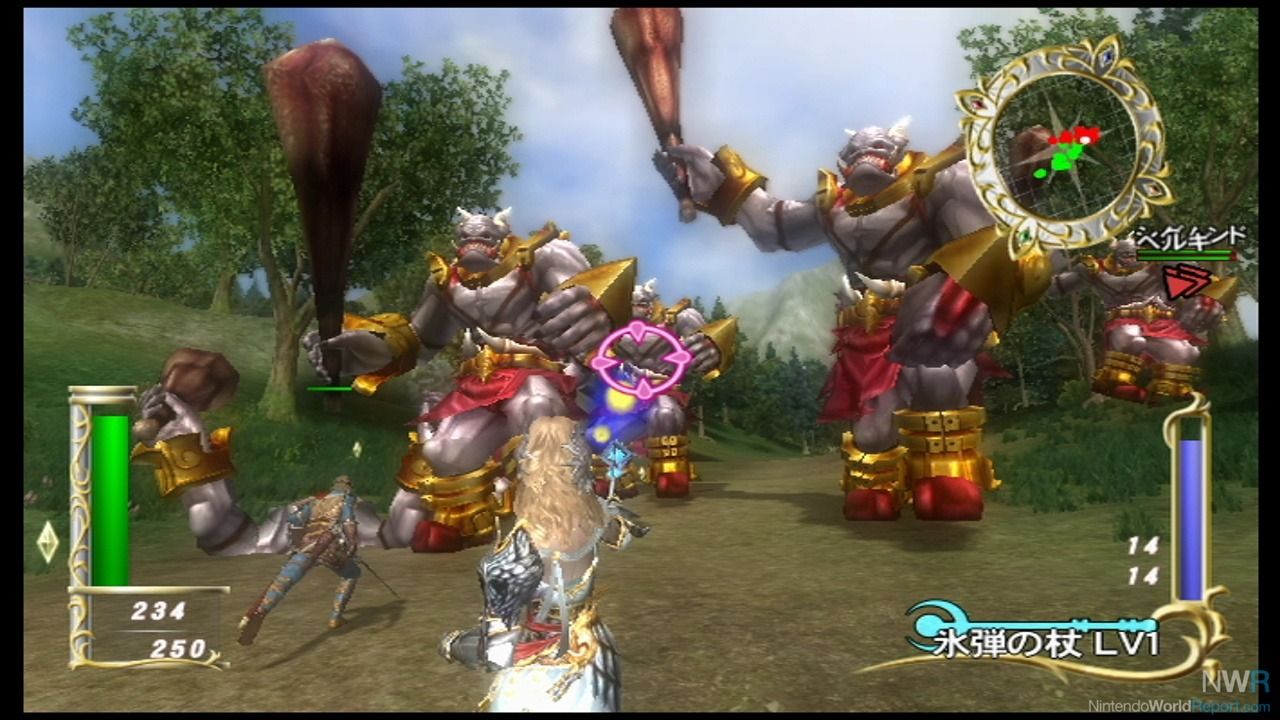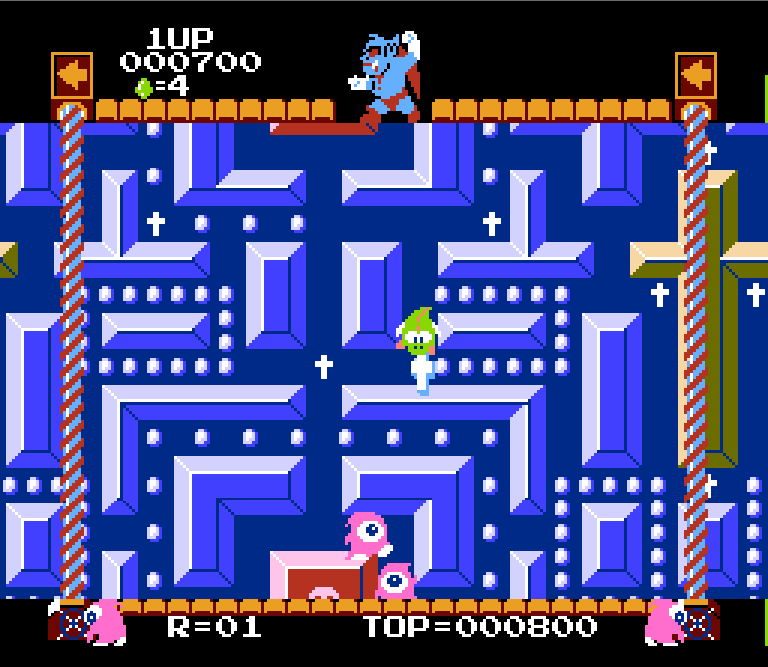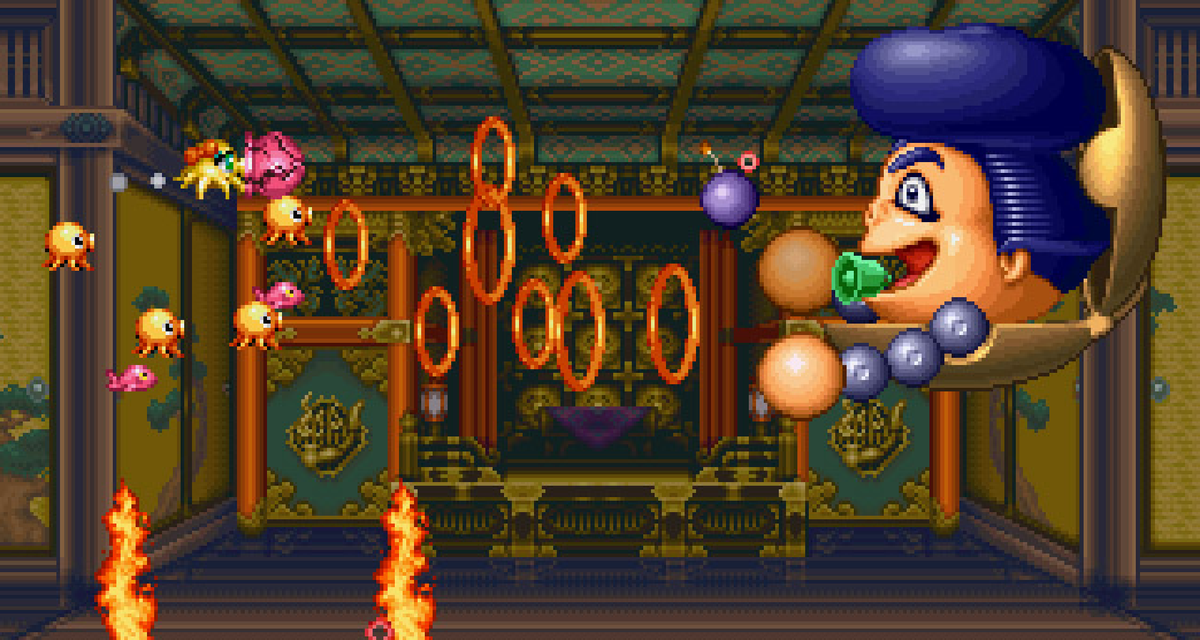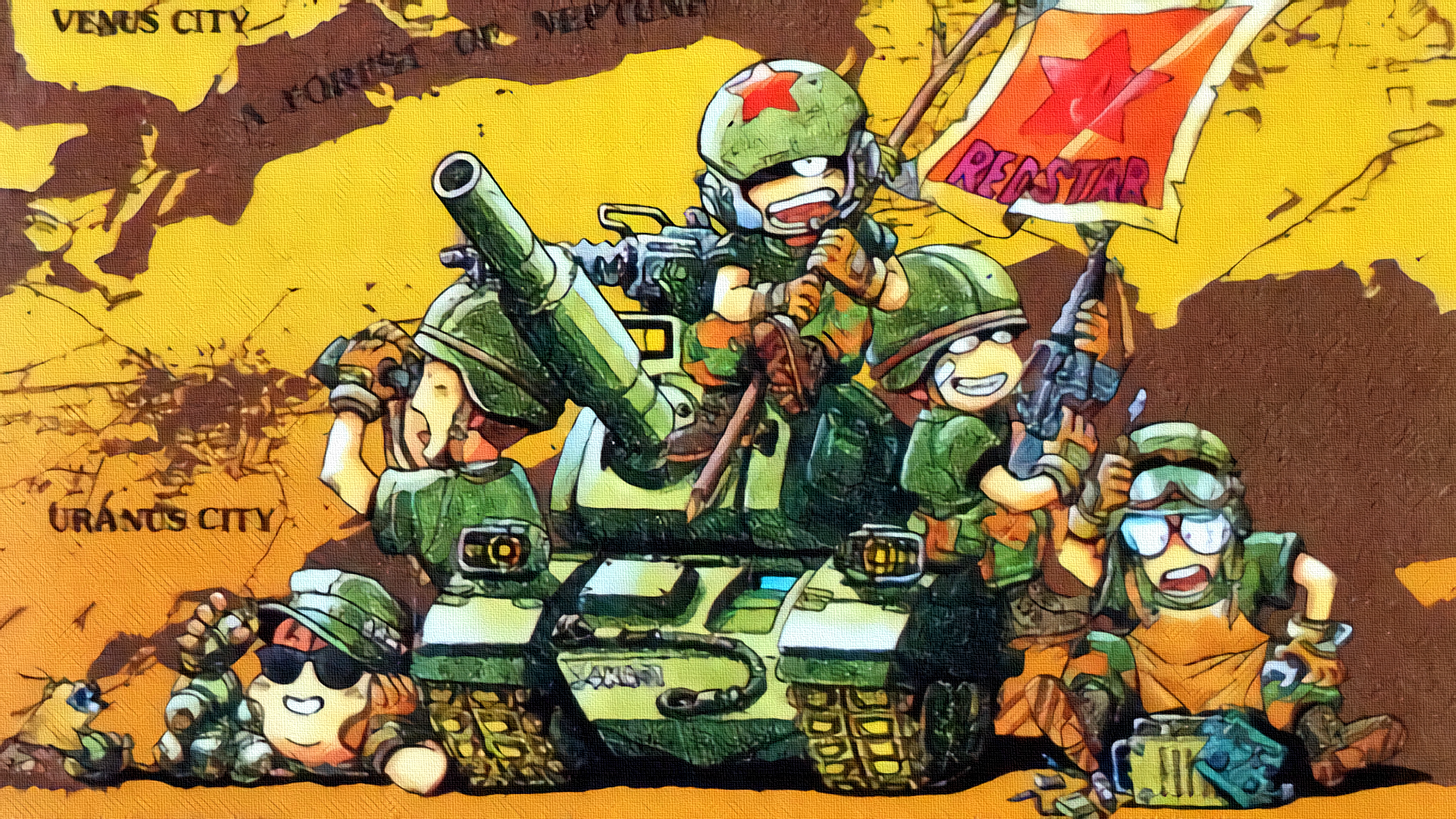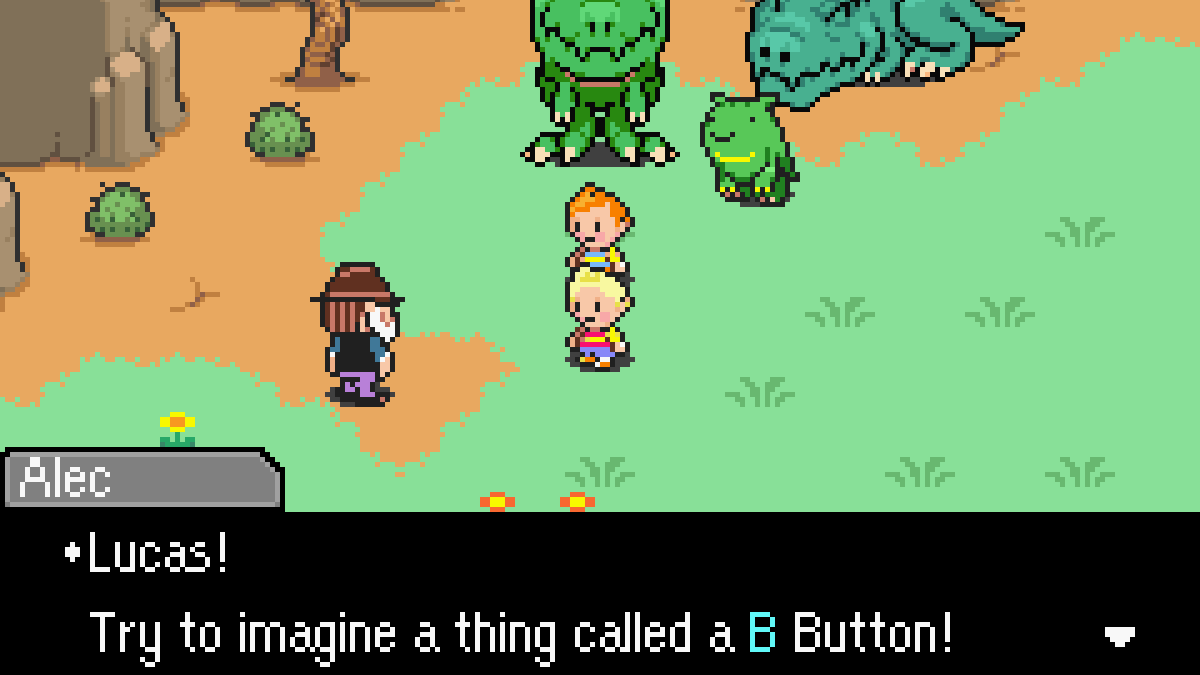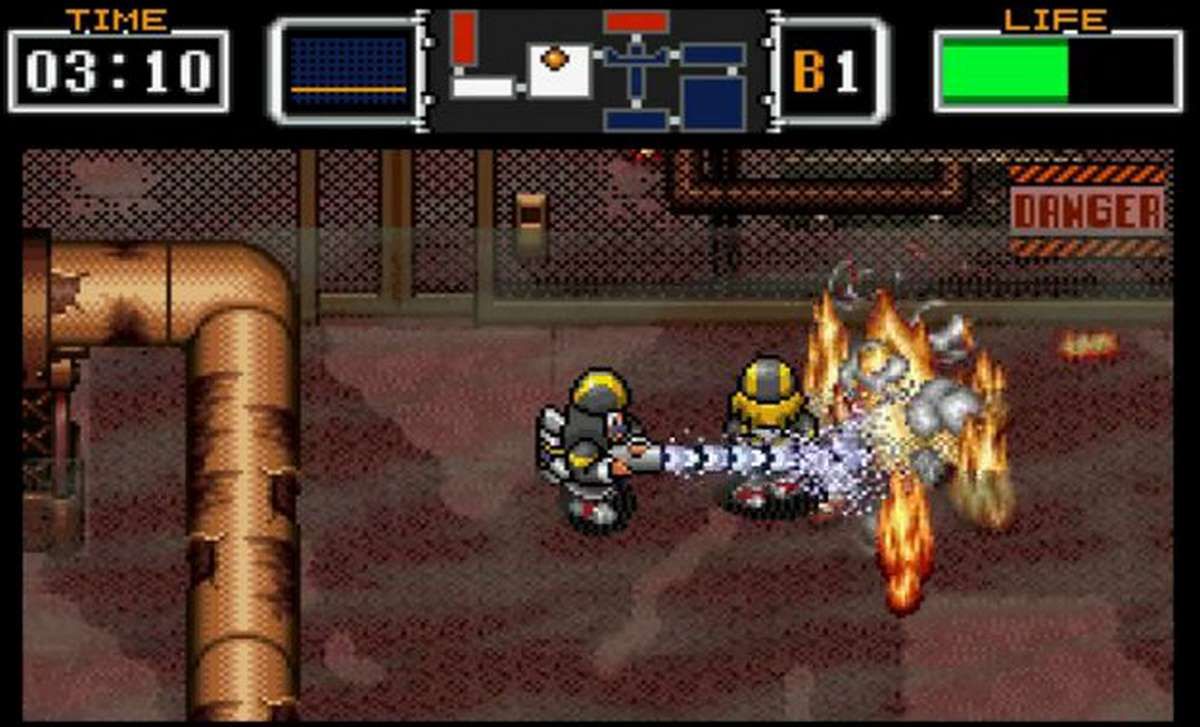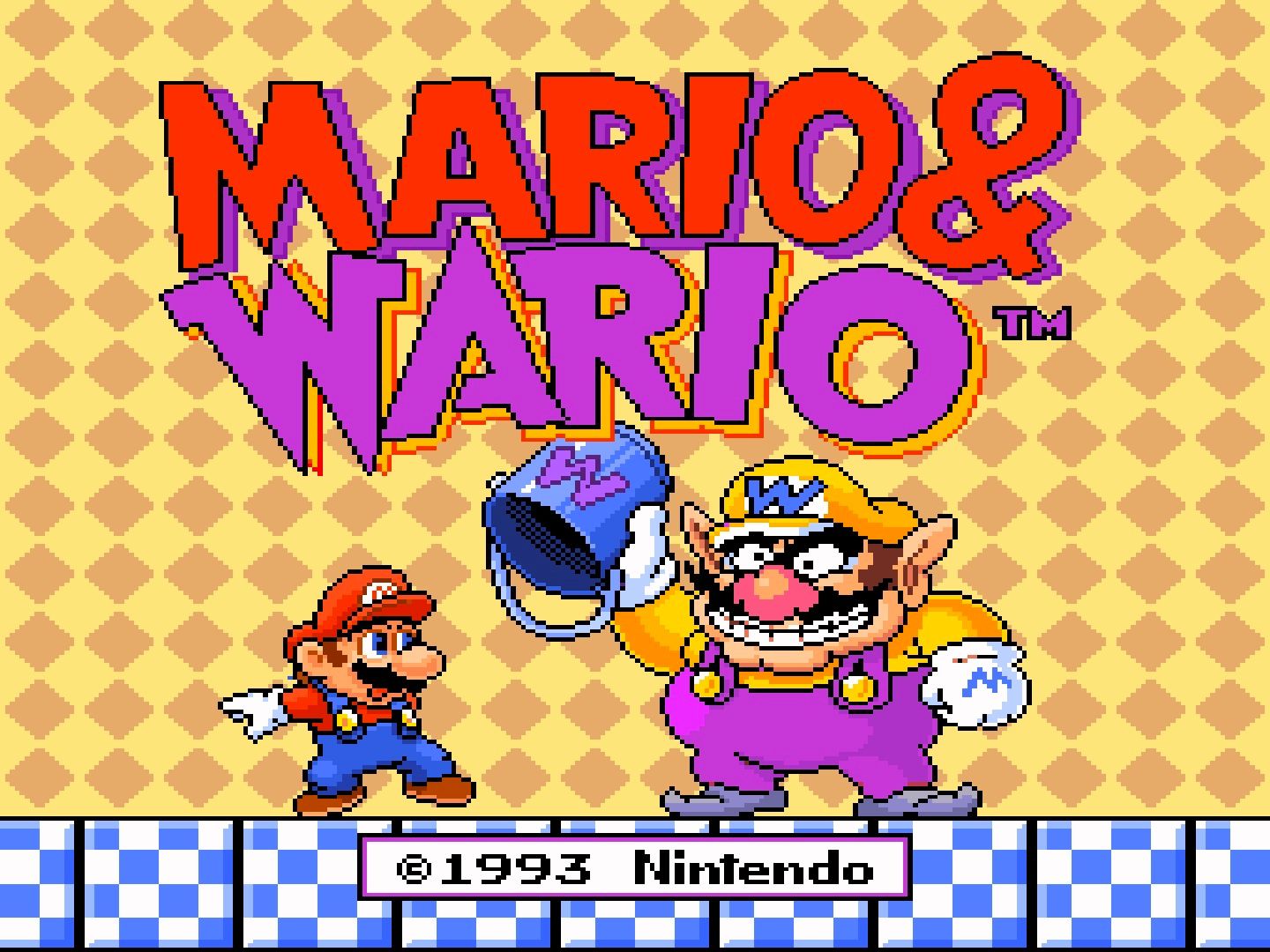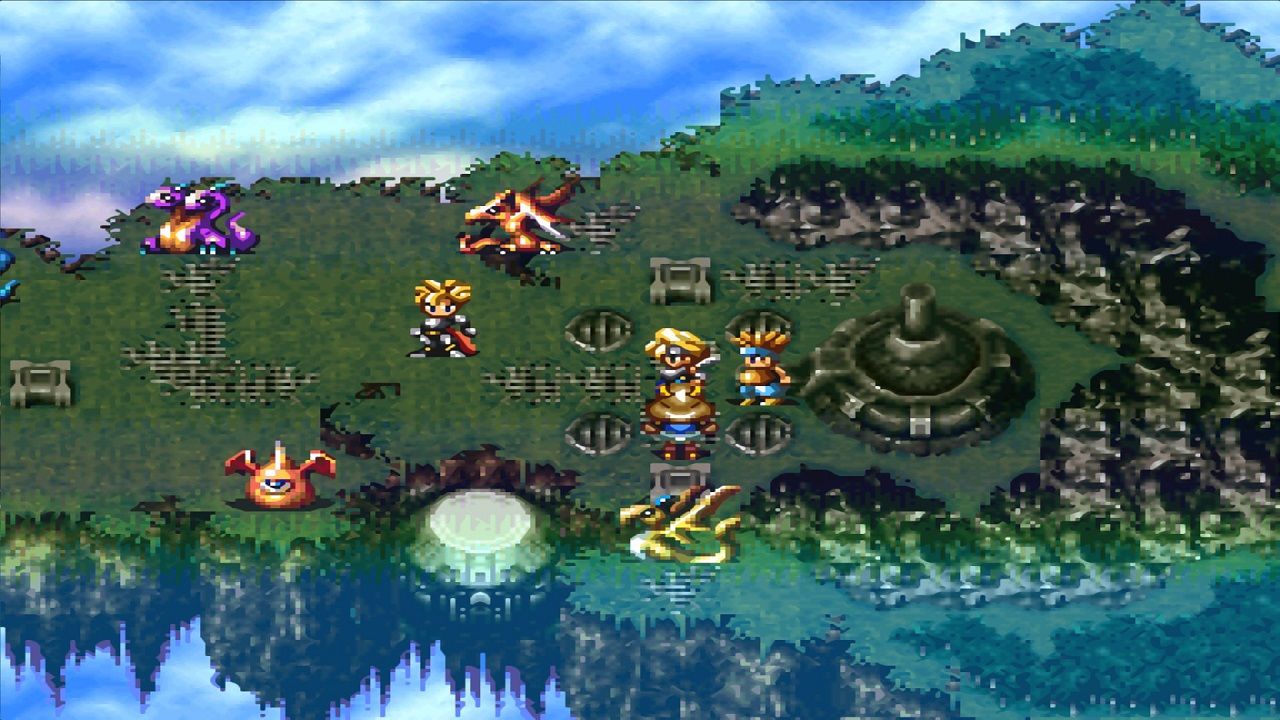For many people, Nintendo was video games in the 80s and 90s. Perhaps more than any other company, the former card and game marker which saved video games from the Atari crash of the late seventies. Nintendo brought so many classic titles into our home and made household names of characters which are now pillars of pop culture, like Mario, Bowser, Link, & Zelda. While certainly best known for their in-house creations, Nintendo is also a powerful force as a publisher, bringing classics from companies that are now as recognizable to gamers and movie studios are to film buffs. It's hard to imagine that Capcom, Konami, and Square would be half as successful as they are now without the support of Nintendo and the NES and SNES, or the Famicom and Super Famicom as they were called in Japan.
For every Link to the Past and Mega Man that Nintendo shepherded across the Pacific Ocean to our greedy little NSTF hands over here in the West, there were plenty that only made it to PAL regions like the UK and Europe, and even more that never made it out of Japan. There are a lot of reasons why something doesn't get imported: some of these big RPGs have thousands of lines of dialogue that needs to be translated and rewritten. Some of these games are so entwined in Japanese culture and folklore they would be incomprehensible to most Western gamers. Other still were believed to not have a market over here, though that would occasionally be proven wrong years later with fan campaigns.
Speaking of fans, a lot of these titles have been translated and updated for Western audiences so, if one of these sounds interesting to you, it only takes a bit of digging to find English translations that are fully playable today.
25 Excitebike: Vroom! Vroom! Mario Battle Stadium
Excitebike: Vroom! Vroom! Mario Battle Stadium isn't just the best title for a video game of all time, it's a remake of beloved NES title Excitebike. Nintendo waved the Mario wand over Excitebike, as they often did with their early titles as Mario became the cultural juggernaut we know and love, and sprinkled Mushroom Kingdom characters and locations onto the classic motocross gameplay, creating a side-scrolling alternative to Super Mario Kart.
Alas, this Excitebike was part of the Stellaview streaming experiment which is worth your time investigating if you haven't heard of it. It was basically PSNow but on TV so you had to tune in to a specific channel at a specific time.
24 Seiken Densetsu 3
Secret of Mana is one of the unsung classics of the SNES, an action RPG with full co-op, magical music, and the best box art of the 90s. What Western players may not know is that what we call Secret of Mana is actually Seiken Densetsu 2 in Japan and the sequel to that game, Seiken Densetsu 3, never made it across the ocean.
Similar to Final Fantasy, the game is only thematically linked to its predecessor. It introduced a major innovation perhaps inspired by Western RPGs: a day/night cycle and different days of the week.
23 Maka Maka
Maka Maka is what happens when you advertise your game's characters were designed by a famous artist, like what Chrono Trigger did with Akira Toriyama, except in this case the artist is more like the guy who draws Marmaduke.
There isn't much info about Maka Maka online, other than it's a turn-based RPG and that people hate it. It doesn't have a Wikipedia page, but it does have a Crappy Games Wiki page, which is now a thing I know exists. Maka Maka's development was so troubled that it was only in the prototype phase when the release date arrived, so they just shipped it anyway, because comedy.
22 Fatal Frame: Mask Of The Lunar Eclipse
When everyone lost their minds over Link swinging his sword with the Wii Remote, nobody predicted that the Wii would quietly be one of the best systems for horror games ever made. The criminally underrated Silent Hill: Shattered Memories stands as a testament, along with this Japan-only installment in the Fatal Frame series.
Fatal Frame: Mask of the Lunar Eclipse shares a control scheme to Silent Hill with players using the Wii Remote to control the flashlight, though this one adds an element unique to the series: the remote also aims the camera, the only weapon you have against the deadly ghosts.
21 All Night Nippon Super Mario Bros.
Video games are a big deal in Japan. It seems like, outside of the video game industry bubble, people in the West still don't really know what to make of them. In Japan, this isn't a problem and video games are much more ingrained in their culture. That's how something like All Night Nippon Super Mario Bros. happens.
All Night Nippon, and this is how long the NES has been out, was a super popular radio program in Japan in the 80s. This version of Mario, with the Toad and enemy sprites replaced to resemble Japanese celebrities, was given out as part of a raffle in 1986.
20 Fire Emblem
"Aha!" You say, "Fire Emblem totally came out in the US, you know! I could write for this site!" Easy there you keyboard cowboy! Although yes you totally could write for us, we're always hiring.
I applied online!
The game we know here as Fire Emblem, which came out for the GBA in 2003, is actually the sixth game in the series which goes all the way back to a 1990 release for the Famicom. The only reason we ever got a Fire Emblem is due to the popularity of Roy and Marth in Smash Bros.
19 Custom Robo
Custom Robo is a long-running franchise that, yes, have seen some releases in the US but, as you may have noticed is a theme in this piece, has a much longer history of Japan-only titles.
Not as far back as NES Wars
The series is basically Battletech, with its mix-and-match giant robot building, but instead of slow, turn-based combat, robot fights are of the fast-and-furious Gundam variety, similar to classic Sega arcade brawler Virtual On.
18 Disaster: Day Of Crisis
Like an interactive Roland Emmerich film, the Monolith Software-developed Disaster: Day of Crisis casts players as a Mark Wahlberg-looking action hero caught in the middle of a series of natural disasters. Using the Wii's motion controls, players run, jump, chase, and flee from tidal waves, landslides, fires, and earthquakes.
Sounds fun right? Well, Nintendo President Reggie Fils-Aime didn't think so. In a brutally honest interview with IGN the normally cuddly Reggie said Disaster wasn't worth $50. It was only released in PAL territories.
17 Jump Ultimate Stars
Jump Ultimate Stars is what Super Smash Bros. would look like if Nintendo had licensed Shonen characters instead of its own. (And every other character ever, also.) Considering the brilliance of Smash, it's surprising that we haven't seen many companies try to emulate it, though there are few that have the roster to do so.
With some notable exceptions, like Injustice 2 & Marvel vs Capcom.
Shonen certainly has the stable of characters, with this DS fighter boasting 56 playable characters from popular mangas like Bleach and Naruto. It's probably not a surprise this never made it overseas, though I'm sure there are more than a few people who would go nuts for it.
16 Sweet Home
Close your eyes and think about a Capcom-developed horror game where players investigate a huge mansion, solving esoteric puzzles and battling monsters? Figure it out? Here's a curveball: it's not Resident Evil.
Sweet Home, based on a Japanese film of the same name, was made for the original Famicom (The Japanese name for the NES) in 1989. While mostly unknown outside of Japan, it was massively influential not only on the aforementioned Resident Evil franchise but its attempt to create a cohesive world and the way it used notes and diaries to tell stories is still in use today.
15 Yume Kōjō: Doki Doki Panic
After the massive success of the original Super Mario Bros., Nintendo quickly ordered up a sequel. While Super Mario Bros. 2 was just as big a hit in Japan, Nintendo was concerned it was too difficult for Western players.
Who, to be fair, were mostly children.
Instead, Nintendo grabbed a game called Yume Kōjō: Doki Doki Panic, a game that was created as a promotional tie-in for a television station expo. US players wouldn't play the real Super Mario Bros. 2 until the Super Mario All-Stars remaster/compilation on the SNES in 1993.
14 Marvelous: Mouhitotsu no Takarajima (Marvelous: Another Treasure Island)
Eiji Aonuma may not be a household name like George Lucas but if you grew up playing Nintendo games he absolutely should be. Aonuma was the head of The Legend of Zelda franchise and oversaw the development of Ocarina of Time, Wind Waker, and others of that period.
Wind Waker is best, don't @ me
But you have to earn the Boss Key to Zelda, and Aonuma did with Marvelous: Mouhitotsu no Takarajima (Marvelous: Another Treasure Island). Unfortunately, this SNES action RPG suffered from bad timing: the Nintendo 64 had just come out and Nintendo didn't think anyone would buy it.
13 Zangeki No Reginleiv
Ragnarok, the End of the World in Norse mythology, is pretty prominent in pop culture at the moment, featured in both Thor: Ragnarok and the new God of War. Maybe if it had been as popular a concept in 2008 we would have seen a Western release of Zangeki no Reginleiv.
Anyone who took one look at the Wii and thought "Someone make a sword fighting game out of that!" Had a kindred spirit over at Sandlot. Zengeki had one advantage over similar games like Red Steel: four player co-op!
12 Devil World
Maybe it's not a surprise that a game called "Devil World" never got a release on the NES in the US. Like Sweet Home before it, Devil World doesn't exactly fit Nintendo's reputation as a family friendly company, even though it was developed by Zelda and Mario creator Shigeru Miyamoto.
The reason this Pac-Man-like puzzler has never been, and probably never will be, released in the West is due to Nintendo's strict policy against using religious imagery in its games.
11 Jikkyou Oshaberi Parodius
Jikkyou Oshaberi Parodius looks like the kind of game you would have played in your browser in the early days of the internet. The word "Parody" in the title is a big clue: this side-scrolling shooter is a parody of Gradius made by the people who made Gradius!
While a game featuring playable characters like a penguin in a tactical vest and stick figure riding a paper airplane might seem like a cheap, one-off joke, this is actually a full series, published by Konami, which ran across the SNES to the Sega Saturn and PlayStation, and has some very advanced features like 3D polygons and a ton of voice samples.
10 Famicom Wars
Famicom Wars seems like an indie game that looks like it was made in the 80s but is actually a modern-made throwback. The beloved Advance Wars series didn't start out on the GameBoy Advance: it was created way back in 1988 for the Nintendo Famicom.
Fans of Advance Wars know the drill: two armies, one Red and one Blue, take turns moving soldiers, tanks, and artillery across a grid-based map, capturing cities and destroying enemy units. Famicom Wars isn't the only pre-GBA game in the series: there are games for the GameBoy and the Super Famicom, too. I'll let you guess what they're called.
9 Earthbound
Earthbound is one of those seminal SNES classics that you either get or you don't. Fans have been clamoring for a sequel for years and, while Mother 3 was eventually made, it took a long time to be released even in Japan.
Originally starting development for the SNES in 1994, the game would be canceled and then revived in 2004, finally releasing for the GBA in 2008. Western fans have been growing increasingly vocal for a release outside of Japan, leading to a ton of media attention in the summer of 2018.
8 The Fireman
Firefighters are natural fits for entertainment: their jobs are exciting, dangerous, noble, and we see (and hear) them every day in the city. It's surprising to me that, in the hierarchy of civil servants, firefighters don't get as much attention in TV and film as cops and doctors.
They get even less in video games.
The Firemen, released in Japan for the Super Famicom in 1994, is kinda like Zelda with a firehose. You go from room-to-room fighting fires, managing your health and resources, and eventually fight a "boss fire."
7 Mario & Wario
Wario, inarguably Nintendo's greatest character, first appeared as Mario's antagonist in 1992's Mario Land 2: 6 Golden Coins. His name comes from the Japanese word for "bad", Warui, meaning his name literally means "Bad Mario."
Nintendo isn't known for their subtlety.
Mario & Wario was developed for the SNES in 1993 and is notable for being one of the only games to use the SNES mouse. Gameplay is so similar to the Mario vs. Donkey Kong games you could argue that those titles are spiritual sequels to this Japan-only puzzler.
6 Bahamut Lagoon
You'd be forgiven for thinking a turn-based tactics game created by Hironobu Sakaguchi would be Final Fantasy Tactics, but in fact, this Japan-only SNES classic predates that title by over a year.
Featuring a unique fantasy setting, fans of Tactics will feel right at home with Bahamut Lagoon, which, sadly, was another victim of the transition from the SNES to the Nintendo 64. While Japanese gamers didn't seem to mind, Nintendo decided to focus all their efforts on promoting the new console. Bahamut Lagoon was eventually released on both the Wii and Wii U Virtual Consoles but, again, only in Japan.

